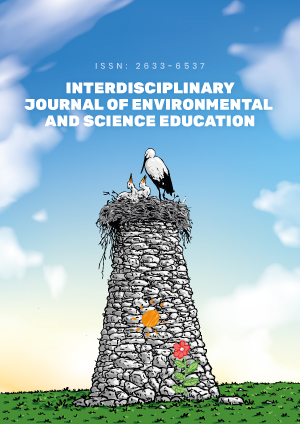Abstract
This study explores the potential and the limitations of the UNESCO World Heritage Wadden Sea in terms of its relevance for teacher training in higher education and for teaching in schools and as an out-of-school place of learning. Interviews with experts from these three areas were conducted. The analysis was performed through qualitative content analysis. Within this framework, various factors were identified that should be considered in further biology didactics studies. The findings indicate that out-of-school learning receives too little emphasis in teacher education and that the Wadden Sea offers opportunities to address this deficit. In addition, clear limits were set for school lessons on this ecosystem in contrast to practical explorations of the Wadden Sea. Nevertheless, incorporating Wadden Sea content in the classroom makes sense since diverse topics can be vividly explored. Out-of-school learning at the Wadden Sea was found to have an immense potential in education for sustainable development and in environmental education. One obstacle is the students’ reported disgust towards the Wadden Sea. Based on the results, conclusions are drawn for all three areas considered in this study, providing concrete implications for related studies with a focus on biological education on the Wadden Sea.
License
This is an open access article distributed under the Creative Commons Attribution License which permits unrestricted use, distribution, and reproduction in any medium, provided the original work is properly cited.
Article Type: Research Article
INTERDISCIP J ENV SCI ED, Volume 18, Issue 4, 2022, Article No: e2286
https://doi.org/10.21601/ijese/12072
Publication date: 07 May 2022
Article Views: 2340
Article Downloads: 1222
Open Access References How to cite this article
 Full Text (PDF)
Full Text (PDF)